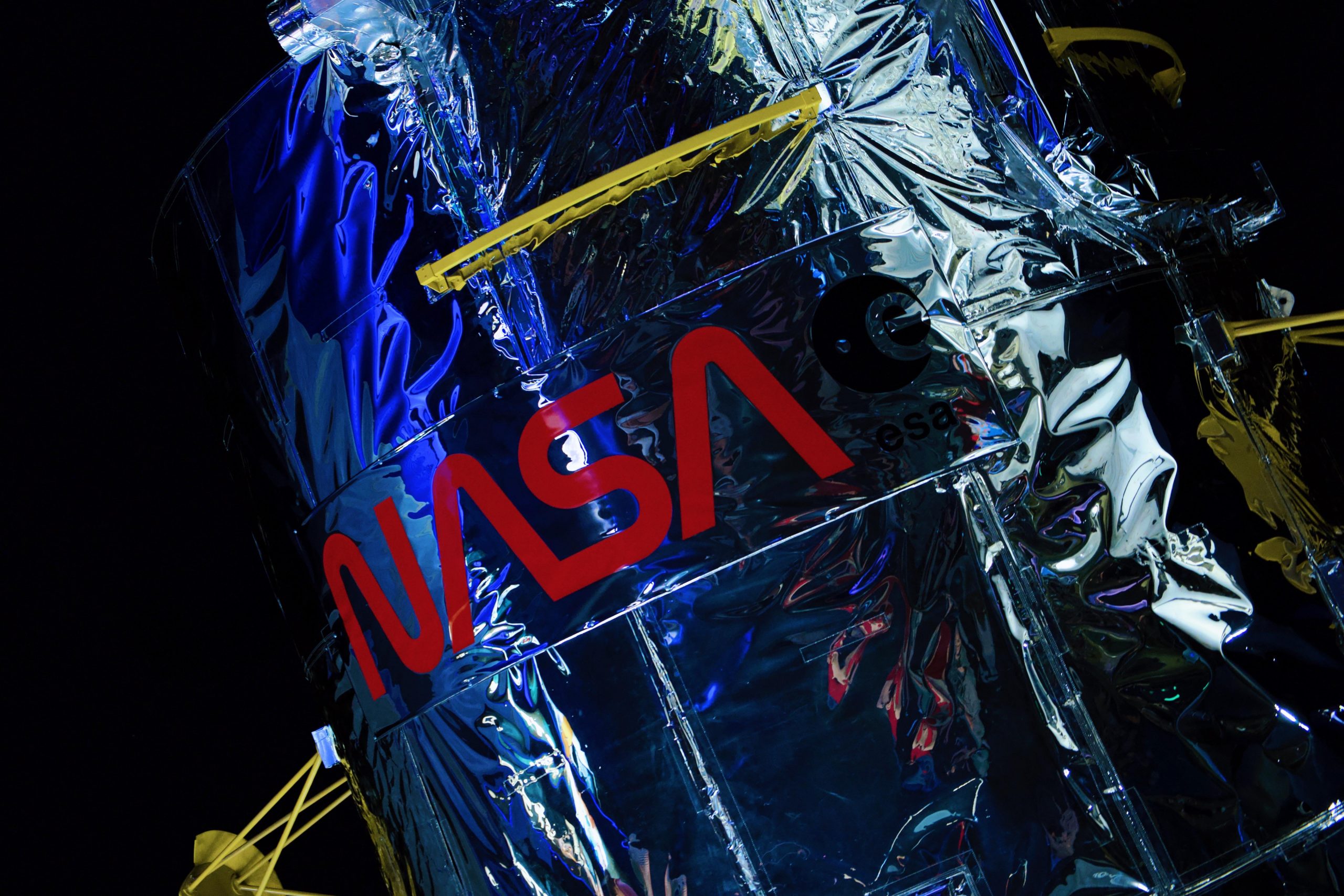
Sci&Tech Writer Helena da Costa investigates NASA’s recent DART mission, finding comfort in the reassurance that this technology could avert future disasters
In 1998, the movie Armageddon hit our screens, winning over hearts and Hollywood by transforming regular people into plausible science-fiction heroes, with a tear-jerking Aerosmith ballad rounding it all off. Why was it so good? The galactic threat ended once the bomb went off, and with Ben Affleck safe on solid ground.
24 years later, that same ground feels less solid, less safe than ever before. It shouldn’t. NASA’s DART mission, which made impact on September 26th, shouldn’t spread fears but dispel them. DART (which stands for Double Asteroid Redirection Test) targeted the smaller of two asteroids in a binary orbit, 7 million miles away. Dimorphos – the target – is relatively small (5 billion kg mass; 163 m width), even compared to the 610 kg, 19 m NASA spacecraft. By colliding their craft with Dimorphos at a speed of 6.1 km/second (pictured below), NASA hoped to alter its orbit around the larger Didymos by 10 minutes a year. The orbit, impact crater, and mass of Dimorphos will be measured over the next few months to see if DART was a success. This experiment will show whether this novel technology could be used to deter a theoretical danger in the future.
NASA’s DART mission shouldn’t spread fears but dispel them
DART indicates a momentous occasion, the first time that humanity has shown our capability to deter a major existential threat. This may not seem comparable to the Chicxulub leviathan which ended the dinosaurs’ reign, but Earth is no stranger to astronomical threat. The 1908 explosion of a meteor over Siberia was 1,000 times more powerful than the Hiroshima bomb, and in 2013 an 18m wide rock injured 1,500 in Russia. Although Dimorphos’ trajectory doesn’t include Earth, the development of preventative technology is an important step towards our collective peace-of-mind.
In what way is the comparatively miniature Dimorphos the ideal test for asteroid-defensive technology? Surprisingly, the largest asteroids are of little concern. 95% of Near-Earth Objects (NEO’s) have been identified, with none on an Earth-bound collision-course. Conversely, “City-killlers” (smaller space rocks) are considered more dangerous, being more abundant and harder to quantify. DART shows how with a massively reduced budget than previously proposed missions, Earth is able to protect itself.

@NASA Instagram
It is not the mission, but rather the development of one, which poses global responsibility obstacles. If faced with a real existential threat, a cooperative global force would be required to prevent widespread harm. At a time of strained global relations, it is difficult to visualise a world where a coordinated, international force could be successful on a much shorter timescale than the 11 years it took to develop DART.
Space militarisation has already begun: Japan attempted a similar mission to DART in 2019; the USA have stored planetary defensive nuclear warheads since 2014; and China’s agency adopted defence as a core policy in 2021. As planetary scientist Thomas Jones states, this could lead to “disinformation and rivalries and wasted resources,” something NASA’s $22.6 billion federal budget may be able to afford, but many other countries cannot.
DART raises the question: How far should humans interfere with evolution to prevent extinction?
DART also raised questions of morality. Should we be preventing Earth’s natural cycle? Humans’ very existence was dependent on the extinction of dinosaurs from the same natural disaster as we are trying to avoid today. Although not a pleasant thought, our demise could lead to the growth of new species on Earth. It raises the question: how far should humans interfere with evolution to prevent extinction?
Nevertheless, the DART mission is sure to spread relief. Despite not being an immediate concern, the threat from space has been a growing worry since humans first ventured there. Knowing that technology exists which can prevent a real-life Armageddon is certainly a calming thought.
Enjoyed this article? Check out more from Sci&Tech here:
Comments